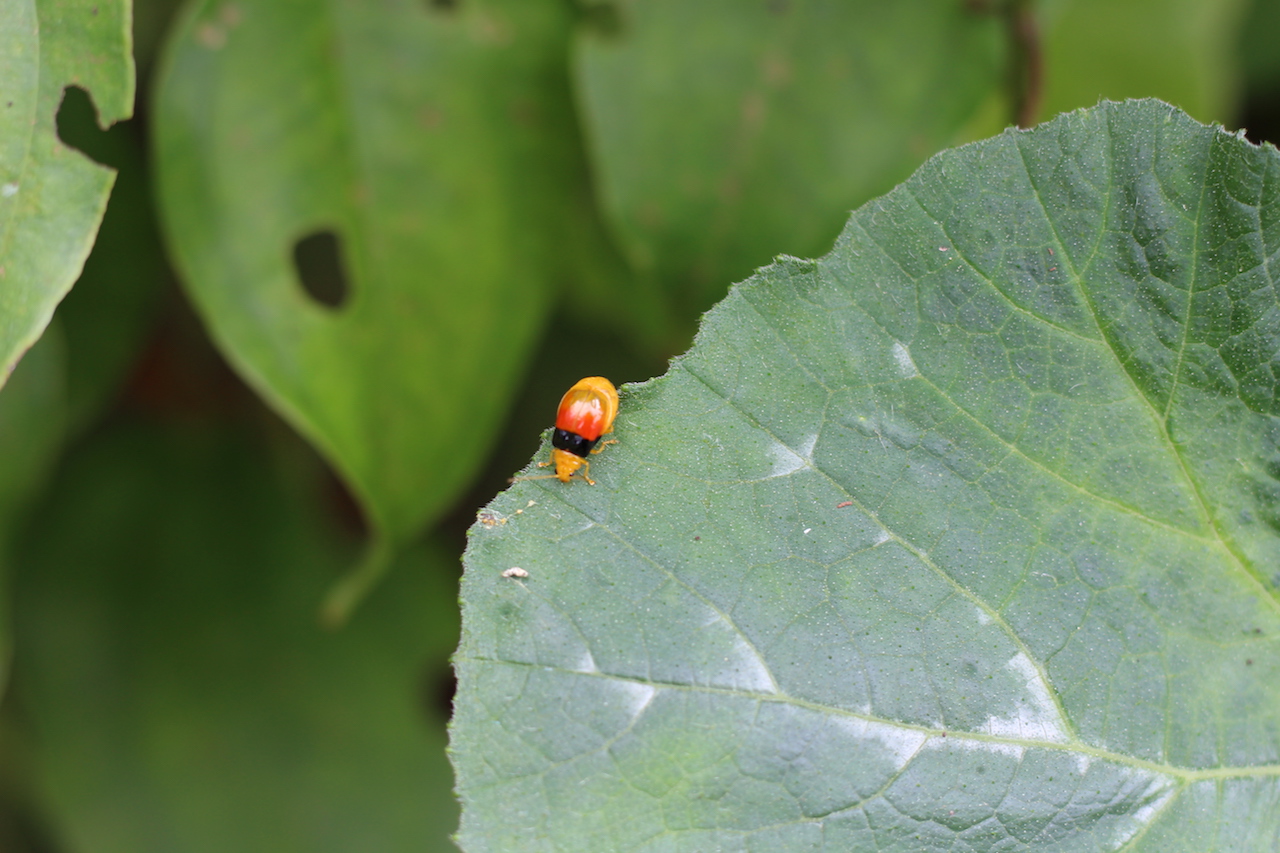Designing volunteer projects by identifying organisational needs at TIDE and interests of potential participants to ensure maximum benefit to both parties.
Volunteers help to carry out ongoing manatee research in the Port Honduras Marine Reserve
TIDE
Marketing students helping a local village formulate a marketing plan for their new restaurant
TIDE
Volunteers carry out river bank surveys by kayak
TIDE
One of the key components that makes the R2R experience unique, is that volunteers participate in the hands-on conservation activities of TIDE. It isn’t just a learning experience, but a way for every volunteer to contribute. Thus, volunteer programs are carefully planned with the different teams at TIDE to ensure that participants are fulfilling a need, as well as gaining the experience they seek.
There are two ways this is done. The first, is when interested participants or groups have a particular interest in mind. In this instance, the R2R team discusses options with the relevant TIDE personnel, to identify projects that are required by TIDE, that will fulfil the groups interests. The second method used to achieve this, is to plan projects before identifying the participants. On a regular basis, the R2R meets with different TIDE teams to discuss future needs, and identify any programs that would be suitable for volunteer participation. These programs are then proposed to new contacts and partner agents.
The key thing, is to always ensure that participants have a great and enriching experience, in a safe environment, whilst helping TIDE to progress with its mission.
The key enabling factor to designing volunteer programs, is the full support and co-operation of the TIDE team. Steps are taken to ensure that all TIDE staff understand the importance of the R2R program in TIDE’s future, and cooperate in the program planning and implementation stages.
It is also important that TIDE has a clear mission, so that when designing volunteer programs, it is easy to identify where participants can assist. The TIDE strategic plan and ongoing work plans are therefore an important tool in this process.
The key challenge in implementing this building block, is uncertainty in participant numbers and environmental conditions.
Unless R2R reaches booking capacity, there is a risk that activities identified by TIDE as something R2R can carry out, may not proceed. This has so far been avoided by only identifying programs for R2R that are not critical to TIDE’s mission, but rather enhance it. For example, a crocodile program is in development, that will help protected areas management at TIDE and in wider Belize, but isn’t an immediate priority in TIDE’s strategic plan. Thus, if this is advertised but doesn’t go ahead through R2R, TIDE has the option of carrying out this activity at a later date independently.
Environmental conditions are harder to avoid, and certainly impact the program offered. For example, if a group arrives to take part in marine surveys, but ocean conditions are unfavorable, then alternate activities are arranged. To manage this, it is made clear upon booking a program, that activities are subject to local weather conditions, and a ‘plan B’ is always in place.
